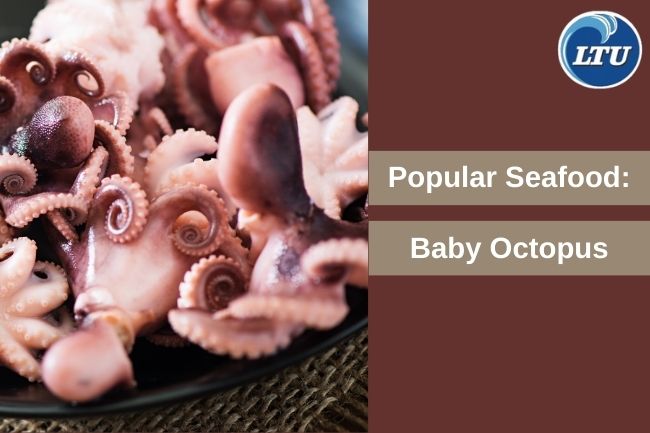7 Impressive Facts about Amaebi
By. Nevanda - 03 Nov 2023
lauttimur.com - Amaebi, or sweet shrimp, is a culinary delight that not only tantalizes the taste buds but also boasts a fascinating array of fun facts. From its unique behavior to cultural significance, let's dive into the enchanting world of Amaebi and discover the intriguing aspects that make this sweet shrimp so special.
1. Sweetness from the Cold Waters
Amaebi gets its name "sweet shrimp" because of its naturally sweet taste, which is unlike any other shrimp variety. This sweetness is believed to result from the shrimp's unique diet of cold-water plankton, which contributes to its distinctive flavor.
2. Spot Prawn, the Pacific Treasure
In some regions, Amaebi is known as "spot prawn." One of the most famous spot prawn species is the "Spot Prawn (Pandalus platyceros)," found along the Pacific coast of North America. Spot prawns are celebrated for their delicious taste, and their sustainable harvesting is a point of pride in the seafood industry.
3. Mysterious Molt
Shrimp, including Amaebi, have a fascinating molting process. They shed their exoskeletons as they grow, and during this time, their shells become soft and translucent. These "soft-shell" Amaebi are considered a delicacy for their tender texture.
4. Live Sashimi Sensation
In Japan, Amaebi is sometimes served as live sashimi. When diners order live Amaebi sashimi, they are presented with a dish where the sweet shrimp is still moving. This experience adds a level of excitement and freshness to the dining experience.
5. Culinary Versatility
Amaebi's culinary applications are diverse and versatile. From sashimi and nigiri sushi to tempura and creative sushi rolls, this sweet shrimp can be enjoyed in a multitude of dishes. Its unique flavor and texture make it a favorite among chefs for creating both traditional and fusion cuisine.
6. Seasonal Delicacy
Amaebi has a specific season when it is at its sweetest and most abundant. In Japan, it is traditionally enjoyed in the spring and early summer. This seasonality adds to its allure and makes it a highly anticipated delicacy each year.
7. Cultural Significance
Amaebi holds cultural significance in Japan, where it is often enjoyed as part of a kaiseki meal, a traditional multi-course dinner that showcases the season's finest ingredients. Amaebi is also used in various festivals and celebrations, emphasizing its importance in Japanese cuisine.
Amaebi, the sweet shrimp, is not just a seafood delicacy; it's a fascinating culinary treasure with a rich history and a unique set of characteristics. From its sweet taste to its sustainable harvesting practices, Amaebi continues to captivate the hearts and palates of food enthusiasts worldwide. Whether you're a seafood lover or a culinary explorer, Amaebi's fun facts add an extra layer of appreciation to this delectable crustacean.
Read also: Why Amaebi is a Popular Seafood in Various Dishes








